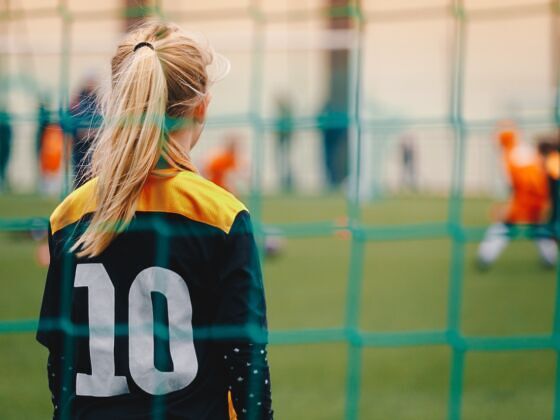On August 8, 2011, Hope Solo, the goaltender for the US National Women’s Team (USNWT), tweeted the following:
“Being naked outside is very liberating….atleast [sic] I hope it will be @ESPN and @ESPNMAG!!! GAMETIME [sic] BABY! Ball up!”
For those living way off the pitch, Solo is an all-around badass. Partly due to her own career history–which includes some public back-talk to her coach after being benched during the 2007 FIFA Women’s World Cup–and partly due to her team’s come-from-behind story during the 2011 World Cup, Solo is about as well-known as female soccer stars get.
